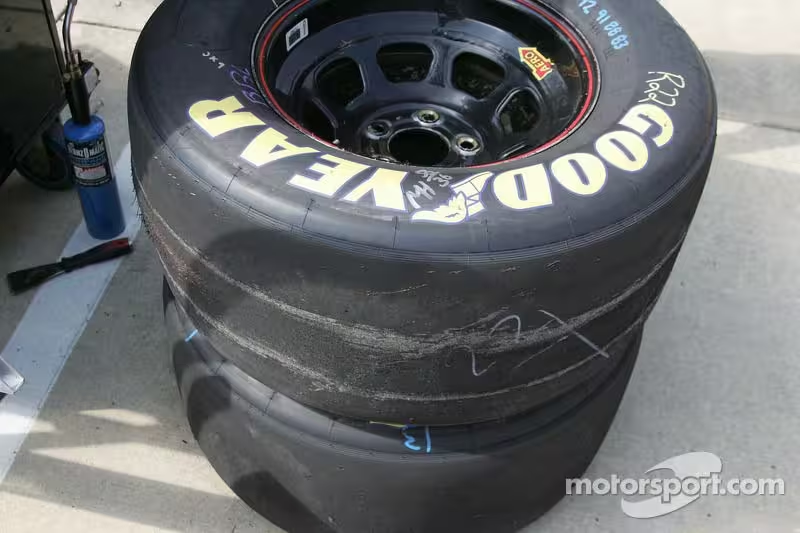This weekend, for the first time since 2020, the Brickyard 400 is back. NASCAR’s returning to one of the most famous tracks in motorsport: the Indianapolis Motor Speedway oval, home of the Indianapolis 500. But it may never be back to the way it was during its glory days, and much of that struggle can be traced back to one day: July 27, 2008.
NASCAR at Indy has the right ingredients. It’s got the cool name. The track’s got history—people have been racing at Indy since 1909—and it’s a spectacle, owning the title of world’s largest sports facility by capacity, with more than 250,000 permanent seats along its 2.5-mile rectangular oval. And, of course, it hosts one of racing’s most famous sporting events, the Indy 500 (which sold 345,000 race-day tickets this year alone). But the last time NASCAR showed up at the Brickyard, the stands had more empty seats than people. It wasn’t always that way.
NASCAR arrived at the Brickyard in 1994, and it was the first race other than the Indy 500 to be held at the track since 1916. Jeff Gordon won in front of 250,000 spectators—the first of his five wins at Indy. More than 10 years later, attendance for NASCAR’s race stayed strong: Around 270,000 people attended the Brickyard 400 in 2007, then 240,000 in 2008.
Those 240,000-or-so fans witnessed what’s known as one of its worst races in modern motorsports history. Goodyear’s tires, run by the entire field in NASCAR’s top-level Cup Series, fell apart almost as soon as they touched the track.
Steel cords show through tires after only 10 laps
Photo by: Michael C. Johnson
The explanation only added to the embarrassment, since the 2008 Brickyard 400 was the Cup Series’ first trip to Indy with its then-new race car, the Car of Tomorrow. A combo of the fresh design and the chosen rubber compound saw tires chewed up every handful of laps. Constant tire failures led NASCAR to throw six preventative competition cautions during the 160-lap race, allowing teams to change their tires before they had the chance to fail. There were 11 cautions for 52 laps, totaling 130 of the 400 miles. The longest green-flag runs totaled 12 laps.
Rubber fragments and particles littered the track surface and venue. The average race speed sat at a sad 115 mph, compared to 146 mph the next year. Now-retired driver Carl Edwards, who finished second, said that none of the drivers “ran 100% until the last run” for fear of losing their…
Click Here to Read the Full Original Article at Motorsport.com – NASCAR – Stories…

